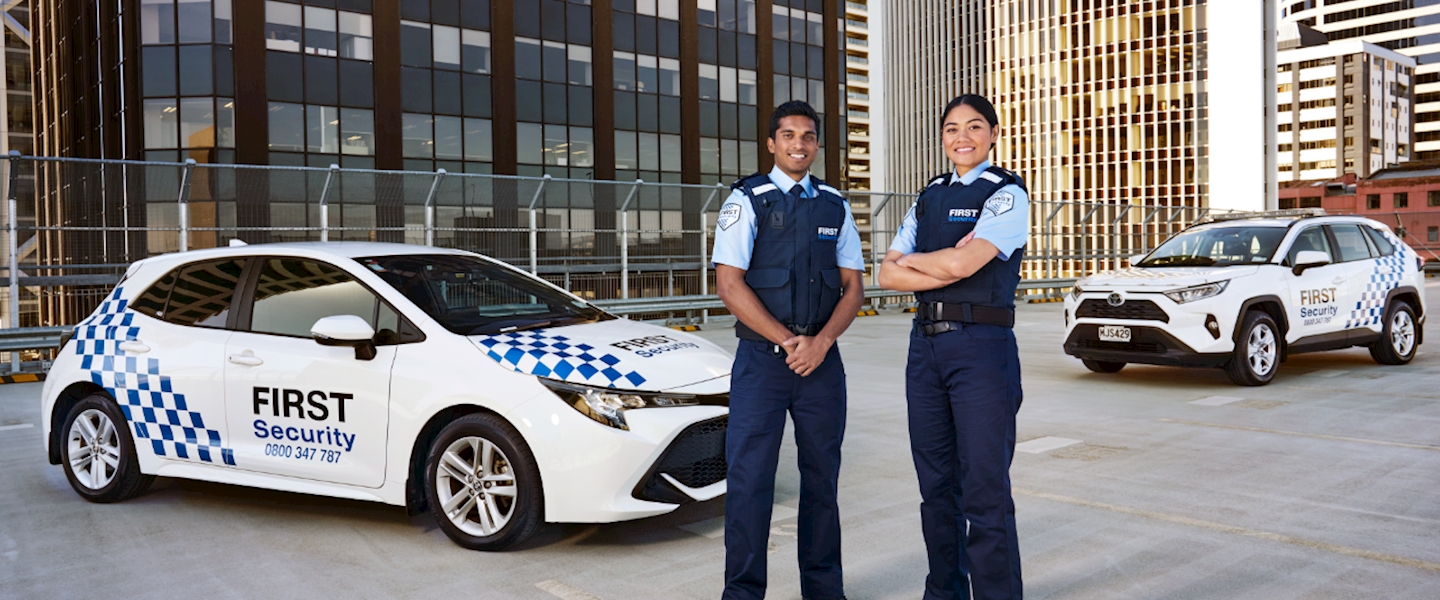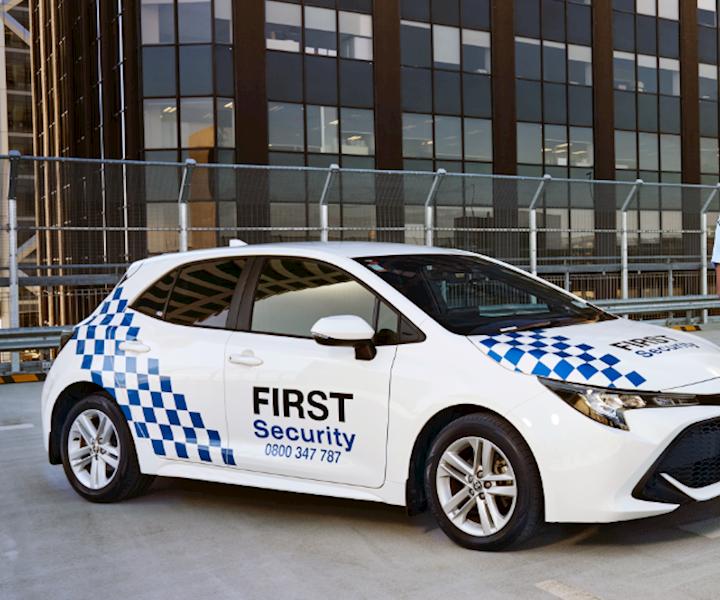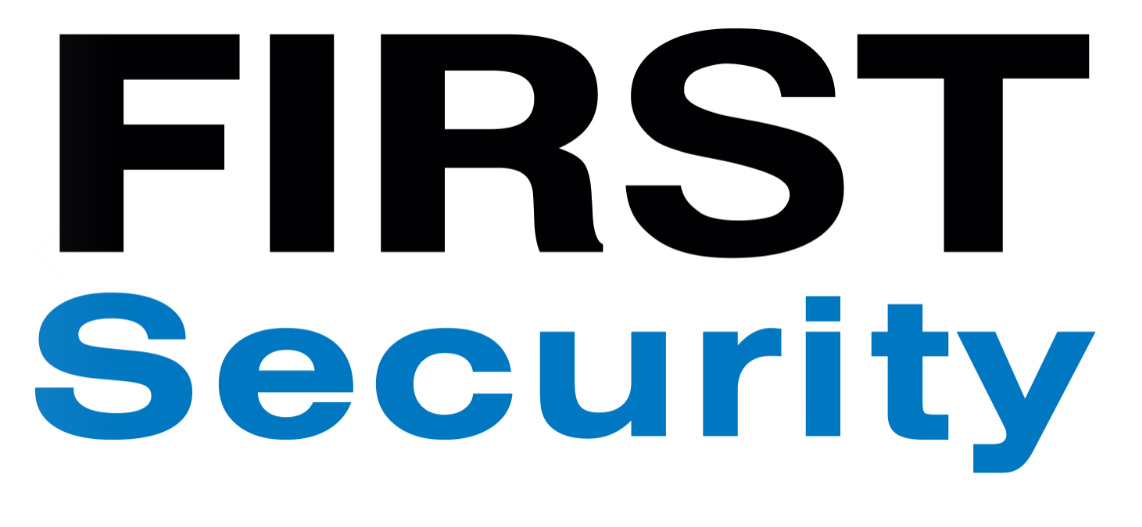Getting the health and safety of security officers right: PPE and Vehicles


A set of guidelines recently published by the New Zealand Security Association’s (NZSA) sets out health and safety considerations in the deployment of security personnel. In this series of posts, FIRST Security’s Health, Safety & Environment Advisor Chris Naya looks at how to best protect those who are on the frontline of protecting New Zealand’s businesses.
In my previous post, I explored what the New Zealand Security Association’s (NZSA) Security Services in New Zealand: Good Practice Guidelines has to say about two of the key health and safety considerations relevant to the deployment of security patrols, specifically (i) managing inexperience; and (ii) welfare checks.
In this post, we continue our look at health and safety considerations for security patrols with a focus on personal protective equipment (PPE) and patrol vehicles.
Ever seen a security guard decked out in a pair of joggers and ill-fitting threads who looks like they could be anybody except for the fact they’re wearing hi-vis vest that suggests they could be security? Or a security patrol vehicle that looks dodgier than your first car, and in no less need of a wash?
What security officers wear and what they drive isn’t just a matter of looking the part, it’s also fundamental to their safety.
Personal protective equipment
According to the Guidelines, a security company “should provide personal protective equipment (PPE) that is appropriate to the guard’s duties.” In other words, what PPE a security officer is deployed with should be commensurate with the risks they are assessed as likely to be facing.
As a minimum, the Guidelines states that a security company should provide:
- a mobile communication device (radio/smart device or mobile phone);
- a mobile duress device (which may be included in a smart phone or as a separate device);
- a hand-held torch;
- a high-visibility safety vest or jacket.
In addition to these basic tools of the trade, at FIRST, we issue patrol officers PPE in accordance with the risks specific to role the nature and location of the patrol they are performing.
This can include a combination of high-visibility clothing, hard hats, safety boots, radios, stab-proof body armour, and body-worn cameras. In the case of COVID Alert Level 1, for example, this also included reusable face masks, disposable face masks, disposable gloves, and hand sanitizer.
Importantly, we ensure our officers are correctly trained in how to use the equipment they’ve been issued with – a small detail, but a critical one.
In the hierarchy of safety risk controls, however, PPE is the visible tip of the iceberg. The Guidelines rightly points out that PPE “provides the lowest level of protection and reliability as a control option below administration, minimisation and elimination controls.” This means that there is a range of other controls that a security company should have in place over and above PPE.
It all starts with robust hazard and risk identification, analysis, assessment and management processes incorporated within an organisational risk management framework, with operational infrastructure, processes, systems and governance all supporting ongoing implementation, review, updating, and improvement. For this reason, we recommend that – like us – a security company is certified ISO 4801 – Health & Safety.
Patrol Vehicles
It goes without saying that a patrol vehicle must be roadworthy and licensed. According to the Guidelines, it must also have a number of other features, including signs that identify the vehicle as a vehicle associated with a security service, the security company’s name and logo displayed on the vehicle, and other safety devices/equipment, such as GPS tracking, vehicle alarm, and secure storage.
Professionally turned out patrol vehicles provide a highly visible presence and a strong physical deterrent to would-be intruders. This is something we’re big on at FIRST. All of our 200 vehicles feature our distinctive blue-and-white FIRST Security livery, which is reflective for added visibility.
GPS tracking systems are important, and we can track the deployment of a patrol either via the job allocation app in an officer’s smartphone’s GPS or via the GPS in their vehicle.
In addition to these, we believe in the effectiveness of front and rear facing cameras and on-board monitoring systems in managing driver safety. These systems serve a valuable purpose not just in the recording of traffic incidents, but also in monitoring speeding, harsh acceleration, harsh braking, harsh cornering, over-revving, use of seat belts, and driver attention. This helps us to intervene early in the case of unsafe drive behaviours.
We also recommend that a security patrol vehicle is also equipped with the basics in case of an emergency. For this reason, we equip our vehicles with first aid kits and fire extinguishers.
What’s next...
Next in my series on health and safety in security, we continue our focus on safety issues associated with event security, so keep an eye out on LinkedIn and the FIRST Security blog page.
If you’d like to have a discussion about how to keep your people safe, feel free to contact me at christopher.naya@firstsecurity.co.nz

